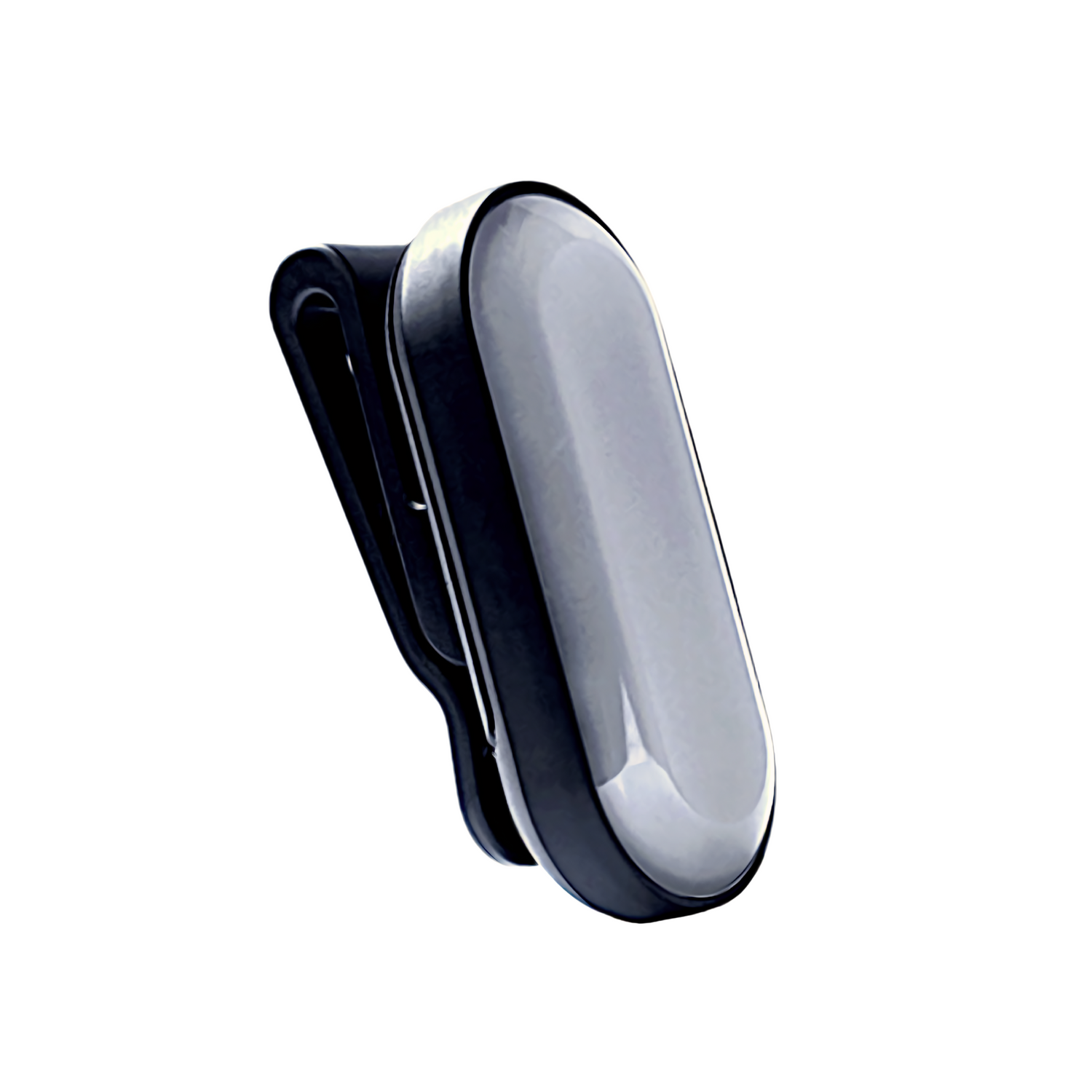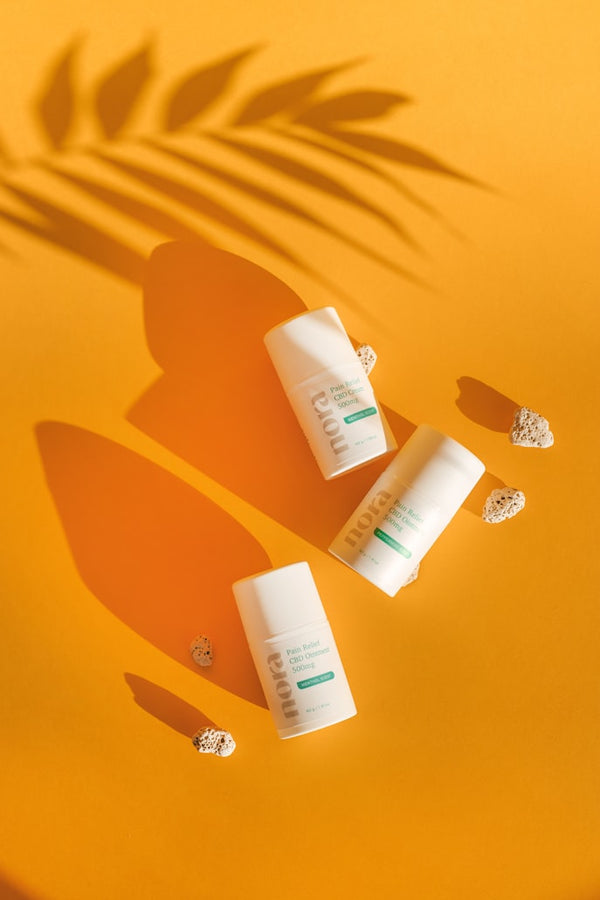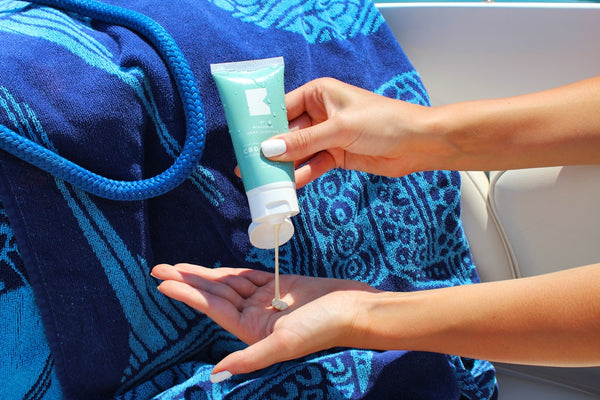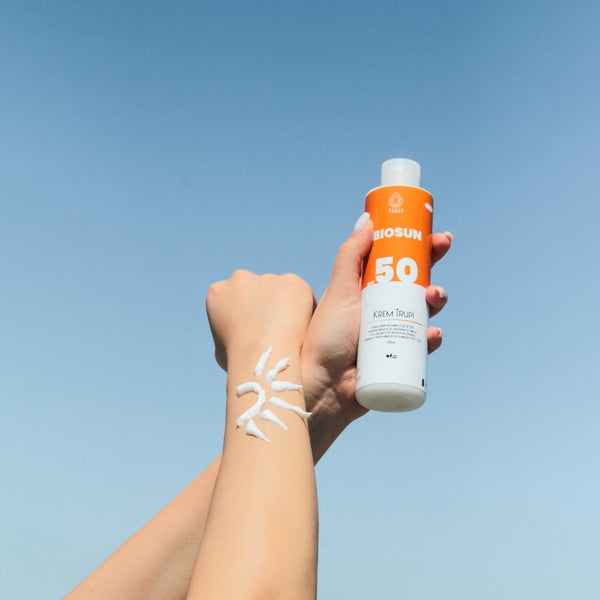The shelves in supermarkets and pharmacies are full of different types of sunscreen. Which one is the right one? How are they different? What do you have to pay attention to? Here you can find an overview.
There are basically two mechanisms by which sunscreens achieve their protective function: chemical protection and physical protection.
- Chemical types of sunscreen contain organic filters that use chemical processes to absorb UV rays (i.e. convert them to heat). This prevents UV radiation from penetrating the skin.
- Physical sunscreens rely on a layer of mostly titanium dioxide or zinc oxide to reflect or deflect the sun's rays.
Both types of sunscreen and their ingredients have their advantages and disadvantages:
Chemical sunscreens
| Benefits | Cons | | --- | --- | | Is applied invisible or barely visible. | Must be applied 20 minutes before sun exposure. | | It is liquid, which makes it very easy to apply. | Substances contained can damage coral reefs. | | Offer good protection against UVA and UVB radiation. | Some ingredients are suspected of being harmful to health. |
Physical sunscreen types
| Benefits | Cons | | --- | --- | | Protects once you're creamed. No waiting necessary. | Some creams can leave a white layer if used correctly. | | Does not damage coral reefs. | They have a thicker consistency and are therefore more difficult to apply. | | Offer good protection against UVA and UVB radiation. | May contain nanoparticles that enter the body. |
Further reading:
Sources:










